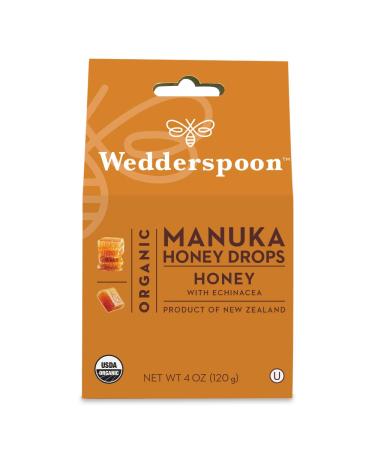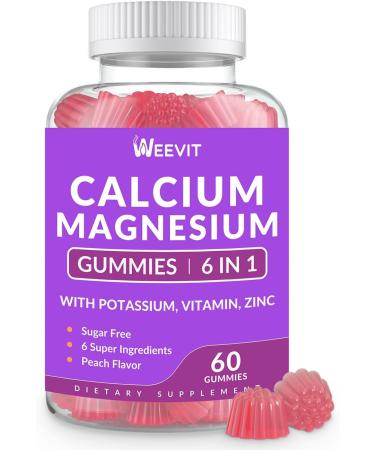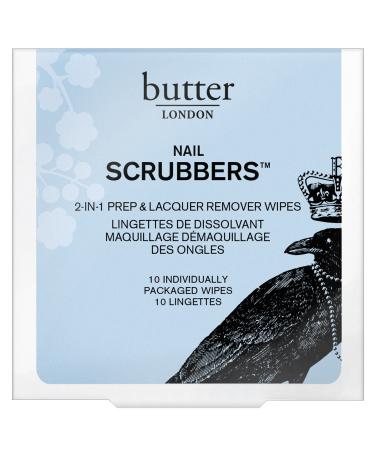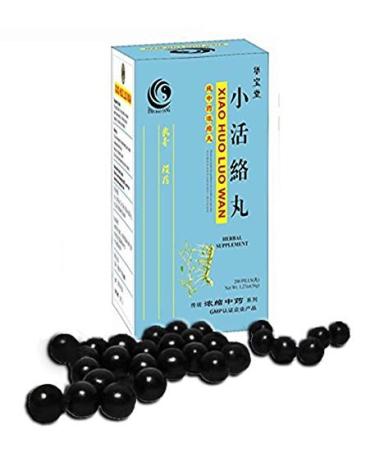Koycegiz Honey Special Selection Flower HoneyEastern Anatolia welcomes spring with enchanting flowers in a myriad of colors and fragrances that would make any perfume jealous on its pristine, high-altitude plateaus. As soon as our beekeepers leave their hives on the most beautiful plateaus of Eastern Anatolia, the bees get to work. After mixing the nectar and pollen from various flowers with the enzymes in their bodies, causing them to undergo structural changes, bees ripen the honey in their hives, then flutter their wings to release the honey's water. The resulting wonderfully flavorful flower honey is produced.
We do not apply pasteurization to our products.
Processed honey undergoes a process where it is heated and then cooled, while also being filtered to remove the pollen. This process is normally done to prevent honey from crystallizing and to achieve a clear, homogeneous color. However, high temperatures destroy most of the vitamins, minerals, enzymes, and amino acids, causing it to lose its healthy properties.
We preserve the 100 natural quality of Köycegiz Special Selection Flower Honey by filtering it from the honeycomb, allowing it to age, and then packaging it.
Therefore, it is natural for Köycegiz Special Selection Flower Honey to crystallize.
It has been used in traditional medicine for thousands of years for its potential antibacterial, anti-inflammatory, and antioxidant properties. It is good for coughs, stomach ailments, and digestive system disorders. Direct application to minor or moderate wounds has been shown to accelerate wound healing. Mixing honey into a glass of water and drinking it helps increase the number of red blood cells in the body.
Special Selection Flower Honey, specially selected from among flower honeys, with its unique color, taste, and scent, and the healing properties derived from flowers, is offered to you, taste lovers, with the quality of Köycegiz Honey!
Our Analysis Certificates
Köycegiz Honey is sampled from honey harvested during the harvest season thanks to the diligence of our bees and the dedication of our beekeepers. All our honey is analyzed regularly at accredited universities (Hacettepe University, Mugla University) under the supervision of leading experts in honey.
All of our purity analyses, based on the Turkish Food Codex Honey Communiqué, are available alongside the products. If we consider these honey parameters individually:
Proline is the dominant amino acid in Köycegiz Special Selection Flower Honey. Its amount is the quality criterion for our Köycegiz Special Selection Flower Honey. A high or low proline value is an indicator of whether the bees are collecting nectar from nature during the Köycegiz Special Selection Flower Honey production period. According to the Turkish Food Codex Honey Communiqué, the Proline value required for Köycegiz Special Selection Flower Honey is at least 300 mg kg. Accordingly, the amount in our Köycegiz Special Selection Flower Honey is 478.14 mg kg.
Diastase value is the most abundant enzyme in Köycegiz Special Selection Flower Honey. This enzyme is produced by bees during the ripening of Köycegiz Special Selection Flower Honey by secreting it from their stomachs and transferring it to Köycegiz Special Selection Flower Honey. The value of this enzyme indicates whether the Köycegiz Special Selection Flower Honey has been heat-treated. According to the Turkish Food Codex Honey Communiqué, the Diastase value must be at least "8". Accordingly The moisture content in our Köycegiz Special Selection Flower Honey is "9.78".
The moisture content refers to the amount of water in Köycegiz Special Selection Flower Honey. It plays a significant role in determining the maturity and shelf life of Köycegiz Special Selection Flower Honey. When Köycegiz Special Selection Flower Honey is placed in the honeycomb cells by bees, the moisture content is approximately 0-35 . Bees reduce this moisture content below 0 by balancing the hive temperature and beating their wings. A moisture content above 0 indicates that Köycegiz Special Selection Flower Honey was harvested early by beekeepers. The maximum moisture content according to the Turkish Food Codex Honey Communiqué is 0 . This value is 0 in our Köycegiz Special Selection Flower Honey.
Electrical conductivity is measured to determine the mineral and acid content in Köycegiz Special Selection Flower Honey. Electrical conductivity can vary depending on the amount of organic acids, minerals, and proteins in Köycegiz Special Selection Flower Honey, and this determines whether Köycegiz Special Selection Flower Honey is secretory or blossom honey. According to the Turkish Food Codex Honey Communiqué, the electrical conductivity of flower honey must be at most 0.8 mS cm, and that of secretory honey must be at least 0.8 mS cm. The electrical conductivity value in Köycegiz Special Selection Flower Honey is 0.41 mS cm.
Free acidity and pH are the primary elements determined by the amount of organic acids, minerals, proteins, and carbohydrates in Köycegiz Special Selection Flower Honey. This process plays a key role in the fermentation of Köycegiz Honey Special Selection Flower Honey and the determination of its secretion honey. The acids found in Köycegiz Honey Special Selection Flower Honey not only affect the taste and flavor of Köycegiz Honey Special Selection Flower Honey, but also prevent the growth of microorganisms in Köycegiz Honey Special Selection Flower Honey. According to the Turkish Food Codex Honey Communiqué, the free acidity value of Köycegiz Honey Special Selection Flower Honey must not exceed 50 meq kg. The free acidity value of Köycegiz Honey Special Selection Flower Honey is 21.76 meq kg.
Hydroxymethylfurfural (HMF), the HMF content in Köycegiz Honey Special Selection Flower Honey, increases under the influence of parameters such as heat treatment of Köycegiz Honey Special Selection Flower Honey and prolonged storage under adverse conditions. HMF Köycegiz Honey Special Selection Flower Honey is formed by the condensation of the carbonyl groups of reducing sugars with the amine groups of amino acids and proteins. The HMF value is an indicator of the freshness of Köycegiz Honey Special Selection Flower Honey. According to the Turkish Food Codex Honey Communiqué, the HMF content in Köycegiz Honey Special Selection Flower Honey must not exceed 40 mg kg. The HMF content in Köycegiz Honey Special Selection Flower Honey is 9.29.
C4 and Delta C13 values in Köycegiz Honey Special Selection Flower Honey C13 analysis in Köycegiz Honey Special Selection Flower Honey is the most common method used to identify cane sugar, corn-based sugar, and glucose-based sugar. By examining the different photosynthetic cycles of plants, it provides information about whether Köycegiz Honey Special Selection Flower Honey has been adulterated based on the isotope ratios of the honey protein and Köycegiz Honey Special Selection Flower Honey. According to the Turkish Food Codex Honey Communiqué, the C4 sugar content in Köycegiz Honey Special Selection Flower Honey, resulting from the processing between the C13 honey and protein fractions, must be at most 7 . The C4 sugar content in Köycegiz Honey Special Selection Flower Honey is 1.45 .
Sugar profile analysis in Köycegiz Honey Special Selection Flower Honey: Because Köycegiz Honey Special Selection Flower Honey is a carbohydrate-rich food, its dry matter content is approximately 99 , 95 of which consists of fructose and glucose. These two monosaccharides, which give Köycegiz Honey Special Selection Flower Honey its flavor, are formed by the inversion of sucrose found in the nectar of plants or in the secretions of insects living on plants, by the invertase enzyme. According to the Turkish Food Codex Honey Communiqué, the sugar profile and ratio for Flower Honey is at least 60g per 100g, and the Fructose Glucose ratio is between 0.9 and 1.4. In Köycegiz Honey Special Selection Flower Honey, the Fructose Glucose ratio is 64.66 and 1.29.
There should be no sucrose in honey. Bees invert the nectar they collect, breaking it down into fructose and glucose until no sucrose remains. The presence of sucrose in honey is an indication of adulteration. Our Köycegiz Honey Special Selection Flower Honey does not contain sucrose.
Pollen Analysis: The honey-bearing plant species that are the source of Köycegiz Honey Special Selection Flower Honey are abundant in our country. Turkey boasts a diverse range of approximately 450,000 different plants, varying depending on the region. The Köycegiz region is also a significant location for Pine Honey. Furthermore, because our local beekeepers are nomadic, they leave their hives all over Turkey in spring. The bees then enjoy this richness of plants and produce honey. Pollen analyses performed on these extracted honeys provide useful information in determining their geographic and floral origins. Pollen analysis determines the nectar-bearing plants in that region, the naming of Köycegiz Honey Special Selection Flower Honey, and the quality and yield of Köycegiz Honey Special Selection Flower Honey.
Phenolic and Antioxidant Analysis in Köycegiz Special Selection Flower Honey: Antioxidants are compounds that prevent cell damage by inhibiting the formation of free radicals in the body. These reactions can be toxic in foods and cause health problems. In short, antioxidant activity can reduce oxidative reactions in the body. Köycegiz Special Selection Flower Honey is known to be rich in enzymatic and non-enzymatic antioxidants. Köycegiz Special Selection Flower Honey is rich in flavonoids and phenolic acids, as well as antioxidant compounds such as tocopherols, alkaloids, and ascorbic acid. The color of Köycegiz Special Selection Flower Honey generally depends on the carotenoids and flavonoids it contains. Darker honeys have a higher antioxidant content. In short, honey is rich in antioxidants and can vary depending on the region and season. The phenolic compound content of our Köycegiz Special Selection Flower Honey is 490.004 mgGAE kg.













